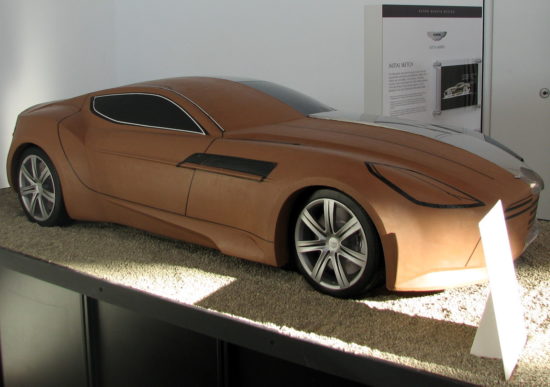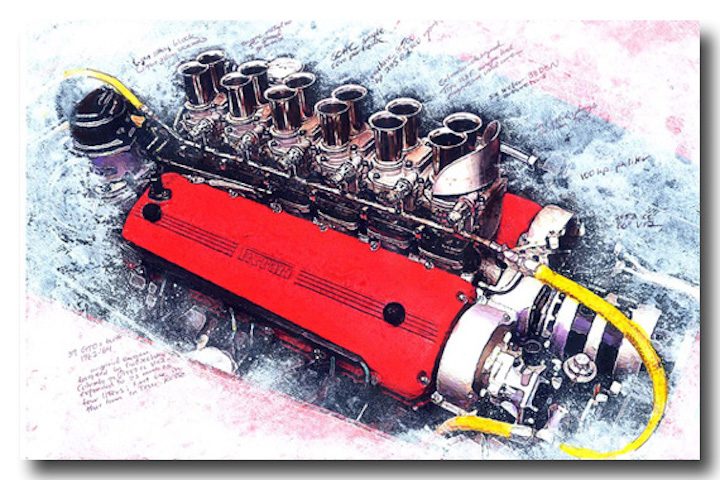by Wallace Wyss –
If I had enough lifetime left for 3 or 4 more careers I’d love to be a clay modeler for an automaker. Maybe it’s too late to be one of that diminishing vocation–they are using what is called 5 axis machines to whittle a car out of thousands of pounds of clay, according to measurements scaled up from a small model only a foot or more long.
The finished lifesize clays use wood boxes to support thousands of pounds of clay. If they were all clay they would be too heavy to move. The machines take about two days to do it. It used to take weeks.
But more of a threat to car designers is that artificial intelligence (AI) will soon be used more and more in coming up with the basic design. Humans will look at the robot-generated drawings and someone will say “OK we’ll go to a clay” and a machine will cut the clay.
No, what I am worried about is, in the old days–the ’50s–it took weeks for a team of modelers to render a clay model so realistic it could be mistaken for a running car (except it has blacked out windows). The paint job nowadays is laid on with a film called Di-Noc. Now with AI (being taught at the Art Center College of Design) it takes only days, maybe two or three to do a nearly presentable design.
What I’m afraid of is that cars are made for humans. Humans have to drive them, ride in them. They know more than a machine what looks good, what makes humans feel good, what meets their expectations.
Maybe I am worrying needlessly but I am afraid we are reaching a point where new car designs will be approved for production without humans stepping in, running their hands on the clay model and, once the color is added, seeing how the shape looks in natural outside lighting at different times of the day. I am talking aesthetic considerations. Robots have no aesthetics.
And computers only know what they know or were exposed to. Do they, for instance, know the grille in the Dual Ghia was inset about 4″ back of the chrome surround? One inch wouldn’t give the same impression. The deep inset is what makes the car look so good. The computer only knows what it’s been told, what it’s been exposed to. Not like humans who may have glimpsed, in a split second, say a ’55 Mercedes 300SLR coupe (yes, Mercedes made a coupe) and want to do a modern version of that unique set of side vents (rectangular with an exhaust pipe sticking out).
Humans bring so much to the table. AI only brings what it can scrounge in an instantaneous sweep through millions of images. I think basically what I’m saying is–the less a car design depends on humans adding their influence, the less soul a finished car design will have.
I am even worried that eventually a new car design will go from AI-generated drawings to an AI-directed clay model to an AI-directed production car. It will be a machine creation.
Car companies will brag about it. The robots will be happy. But do robots buy cars?
Let us know what you think in the Comments.
THE AUTHOR Wallace Wyss, a long time auto historian who has authored 18 books, has been a guest lecturer on automotive history at the Art Center College of Design.
He can be reached at Malibucarart@gmail.com.







Speak Your Mind